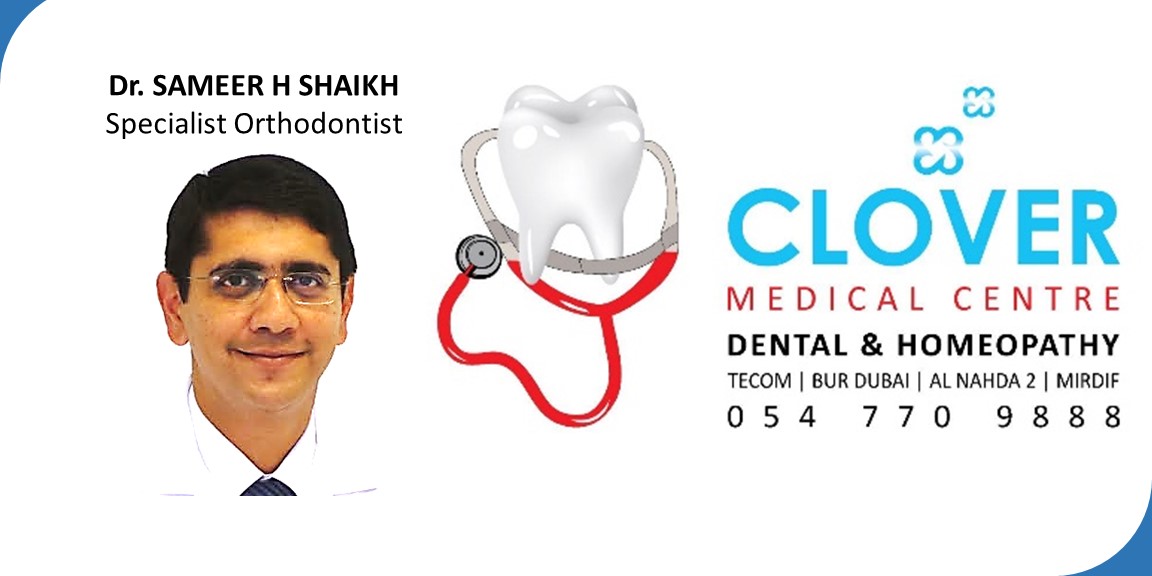After your procedure, your dentist will send you home with instructions for pain management and how to care for your tooth while recovering from treatment and until a follow-up visit. Following guidelines for care is especially important if a temporary filling or crown is in place.
As the medication used to numb your mouth during the procedure wears off, you may feel some tenderness in the area for a few days as everything heals and some mild soreness in your jaw from keeping your mouth open for an extended period during the procedure. These temporary symptoms usually respond well to over-the-counter medication but your doctor may prescribe stronger, narcotic medication as well. It’s important to carefully follow the instructions for medications and that narcotics can make you drowsy so you should exercise caution when taking them and driving a car or operating dangerous machinery.
Though you may experience a slightly different sensation from your treated tooth than your other teeth for some time, you should contact your dentist immediately if you experience any of the following symptoms:
- Severe pain or pressure lasting more than a few days
- Visible swelling inside or outside your mouth
- An allergic reaction to medication (rash, hives or itching)
- Your bite feels uneven
- The temporary crown or filling, if one was put in place, comes out (losing a thin layer is normal)
- Symptoms you experienced prior to treatment return
After your procedure wait until the numbness in your mouth wears off before eating so you won’t bite your cheek or tongue. Don’t chew or bite down on the treated tooth until it is fully restored by a dentist to avoid damaging it. Remember to brush and floss daily as you normally would to keep the area clean and avoid infection.
Once your root canal and any follow-up appointments are completed, you’ll need to return to your dentist for a final crown to fully restore the tooth. It’s important to make this appointment as soon as your endodontist completes work on your tooth. A properly treated and restored tooth can last as long as your natural teeth.
Take care of your teeth by brushing, flossing, regular checkups and cleanings and be sure to return to your dentist if you experience pain or swelling in the future. It’s possible for a properly treated tooth to require treatment again even years after a first procedure but often when this occurs the tooth can be saved.
